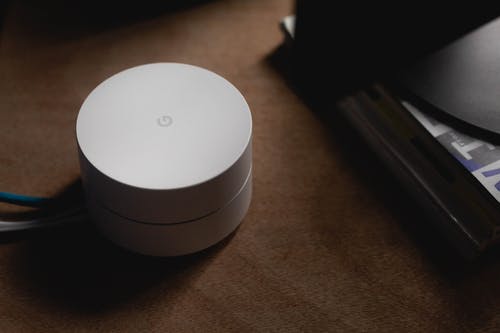
Devices with the “Wi-Fi 6” label are coming on to the market. What does this mean? Was there ever a Wi-Fi 5?
The Wi-Fi Alliance has come up with a numbering scheme which will be easier to understand than the old terminology. Wi-Fi 6 isn’t just a new number but a significant advance over the previous standard. Here’s a summary of what it means and what to expect.
Renumbering Wi-Fi
The collection of protocols and standards called Wi-Fi is based on the IEEE 802.11 standards for wireless networking. Each version has a letter suffix. They don’t come in a logical sequence, so it’s hard to remember them or tell which one is the newest.
The latest version of the standard is 802.11ax. It will also be known as Wi-Fi 6. From a consumer standpoint, the two are the same.
At the same time, the names Wi-Fi 4 and 5 have been retroactively applied. Wi-Fi 5 is 802.11ac, which has been around since 2014. It’s been the state of the art up till now. Wi-Fi 4 is 802.11n, which came out in 2009. As you can see, they follow a fairly regular five-year cycle.
Wi-Fi 6 will be finalized by the end of 2019. Devices currently on the market are based on a pre-release version of the standard.
The Wi-Fi Alliance has created a certification program to go with the standard. Devices can be labelled “Wi-Fi 6” without being certified, but they may not completely support the standard.
New Features
With a new number, Wi-Fi 6 offers many improvements.
- WPA3. The current standard for Wi-Fi encryption is WPA2. It has some security issues, including the KRACK vulnerability. WPA3 provides a higher level of security. One of its best features is that it makes encrypted public hotspots possible. With WPA2, there’s no way to set up an encrypted access point that doesn’t require a password. Public hotspots are completely vulnerable to snooping. When both user devices and access points have WPA3, they’ll give secure connections to anonymous users.
- Faster speeds. The theoretical maximum speed of Wi-Fi 6 is 10 Gbps, which leaves its predecessor in the dust. Real-world considerations such as interference and protocol overhead reduce the actual transfer speed, but Wi-Fi 6 improves performance in other ways as well. It deals better with network congestion when multiple devices are competing on the same frequency.
- Lower latency. In many cases, turnaround time is more important than raw speed. Wi-Fi 6 reduces communication latency, improving the performance of real-time applications.
- Longer battery life. A new feature called Target Wake Time, or TWT, lets devices optimize the time that their Wi-Fi connections “sleep” while waiting to receive data. This is valuable for phones, battery-powered access points, and low-power IoT devices.
What Can You Expect?
To get the benefits of Wi-Fi 6, you need support for it at both ends of the connection. Some routers are available that support the pre-release version. The Samsung Galaxy S10 and the iPhone 11 are among the phones with support. A lot more devices will be appearing soon. You may want to delay your upgrades until a device that you like with Wi-Fi 6 is available.
To check for whether it supports the new standard, look for the “Wi-Fi 6” designation. Some devices may stick with “802.11ax.” Remember that if it doesn’t say “Wi-Fi 6 certified,” it could be missing important features such as WPA3.
The devices which are now available haven’t been tested against the final version of the standard. If you get one from a reputable company, though, you can be confident an upgrade will be issued if it proves necessary.
Are you looking for guidance and assistance in managing and upgrading your network? We’re here to help.







No comment yet, add your voice below!